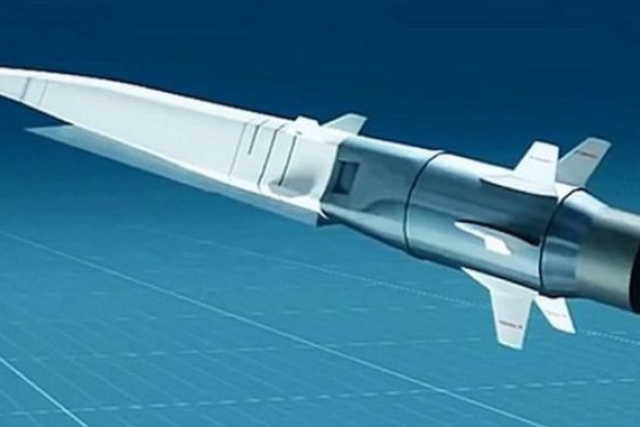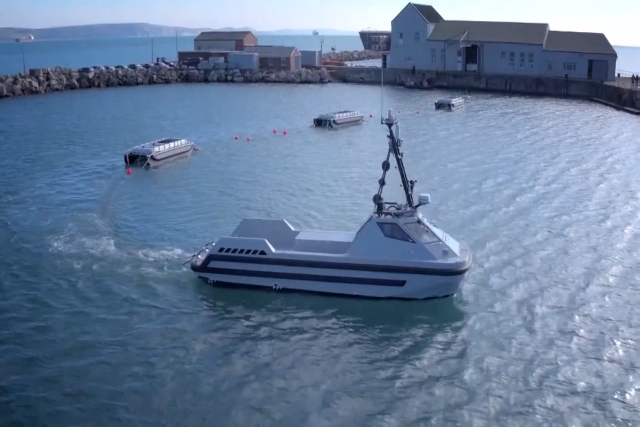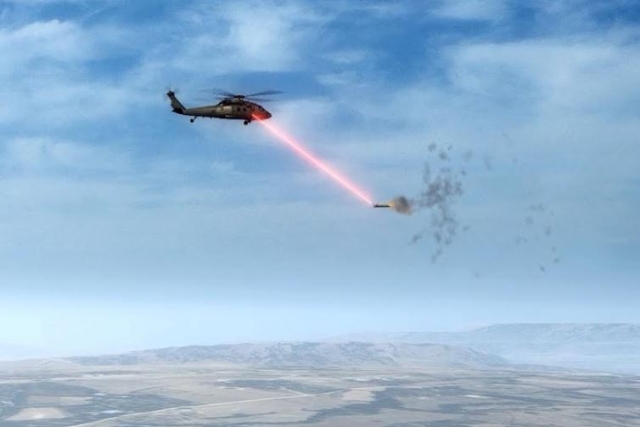Free Flight to Russian Hypersonic Missiles as America's Own Hypersonics Program Delayed to 2027
Russia has utilized Kinzhal and Tsirkon hypersonic missiles in attacks on Ukrainian targets

AGM-183A Air-launched Rapid Response Weapon armed on B-52H Stratofortress
As Russian Aerospace Forces pummeled Ukrainian positions in mid-March 2024 with hypersonic missiles, the Pentagon's own hypersonics program faces delays, with a missile not expected until 2027.
In March 2024, the U.S. Air Force declared plans to commence flight testing of its new hypersonic cruise missile, the Hypersonic Attack Cruise Missile (HACM), in fiscal year 2025.
HACM, an air-breathing, scramjet-powered missile, capable of surpassing Mach 5, maneuvers en route to its target. The Air Force contracted Raytheon for the weapon in 2022, with Northrop Grumman supplying the scramjet. Leveraging DARPA collaboration and continuing an Australian partnership, deployment is aimed for fiscal year 2027.
Flight testing, funded in the fiscal year 2025 budget, includes "AUR free flight testing," slated for the first and second quarters of fiscal year 2025. Approximately $517 million is allocated for fiscal year 2025, with total research and development spending expected to reach $2.4 billion by fiscal year 2029. While specific program milestones and schedules are undisclosed, flight test activities are confirmed.
HACM is one of two hypersonic weapons under Air Force development, alongside Lockheed Martin's Air-Launched Rapid Response Weapon (ARRW). Testing setbacks led to the cancellation of ARRW procurement following a March 2023 failure.
The Air Force prioritizes HACM over ARRW due to its smaller size and deployment versatility, aiming for integration on F-15E and F/A-18F platforms by fiscal year 2025. Analysis of results will inform future hypersonic endeavors, with no immediate procurement plans.

Other branches are also developing hypersonic weapons, with the Navy focusing on Hypersonic Air Launched Offensive Anti-Surface (HALO) missiles.
Meanwhile, Russia's deployment of hypersonic weapons in Ukraine underscores their lead in the hypersonics race. Russia's invasion of Ukraine witnessed the first use of hypersonic weapons on the battlefield.
Russia frequently utilizes the air-launched Kh-47M2 Kinzhal hypersonic missile, nicknamed the "Dagger," to target Ukraine. Derived from the Iskander-M missile, Kinzhal employs a shortened version of its rocket motor. It can be launched from Tu-22M3 bombers, MiG-31K interceptors, or modified Su-34 fighter-bombers. Originally launched from MiG-31s, Russia has now equipped Su-34 with Kinzhal capabilities.
Despite Russia's claims of invulnerability, a Ukrainian Patriot air defense system reportedly shot down a Kinzhal in May 2022. Subsequently, Ukrainian forces asserted downing six Kinzhal missiles in a single night in May 2023. A Ukrainian Patriot operator revealed that one intercepted Kinzhal in May 2023 traveled at Mach 3.6, significantly slower than Russia's claimed maximum speed of Mach 7.
Late March 2024 saw multiple explosions in Kyiv, attributed to Tsirkon (Zircon) missiles by Ukrainian sources. Adopted by Russian units in January 2023, these missiles boast a range of up to 1,000 km and a warhead power of 300-400 kg. Some targeted Zhulyany airport, beyond the reach of air defense systems at altitudes of 30-35 km. Speculation arose that Zircons were launched from Bastion coastal anti-ship systems.
Ukrainian claims later on suggest intercepting Zircons during certain flight phases where speed decreases, potentially vulnerable to SAMP/T or Patriot anti-missile systems during impact.

|
Specification |
ARRW |
HACM |
Tsirkon (Zircon) |
Kinzhal |
|
Developer |
Lockheed Martin |
U.S. |
Russia |
Believed to be: and |
|
Mass |
3,000 kg |
Not specified |
Not specified |
4,300 kg |
|
Length |
6.7 m |
Not specified |
9 m |
7.2 m |
|
Operational Range |
1,600 km |
1,900 km |
>1,000 km |
2,000 km |
|
Flight Altitude |
Not specified |
Not specified |
28 km |
Not specified |
|
Maximum Speed |
Mach 5 tested Mach 7+ (planned) |
Mach 8 (planned) |
Mach 9 |
Up to Mach 10 |
|
Propulsion |
Rocket booster + hypersonic glide vehicle |
Scramjet engine |
Not specified |
|
|
Launch Platform |
B-1B/B-52/ B-21/F-15E |
Various aircraft platforms |
Submarine, Surface ship, Land-based (in development) |
MiG-31BM/K, Tu-22M3M, Su-34 Su?57 (planned)
|









